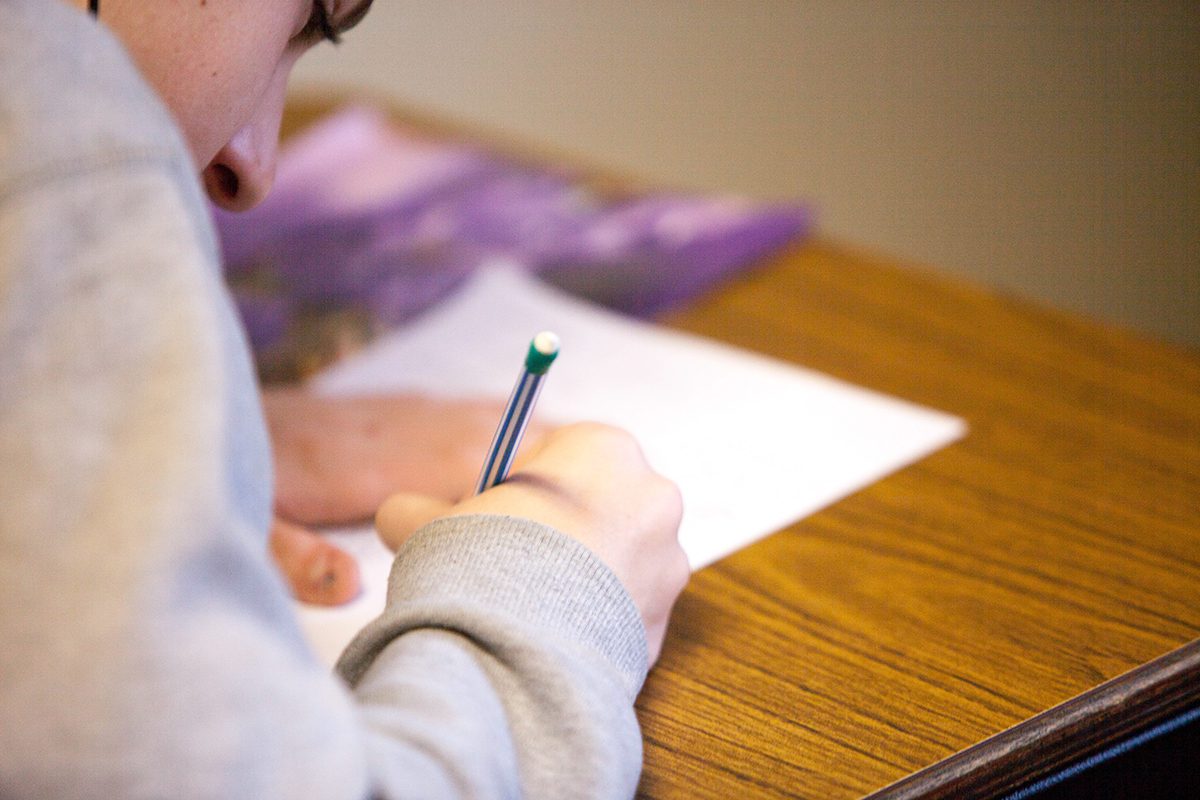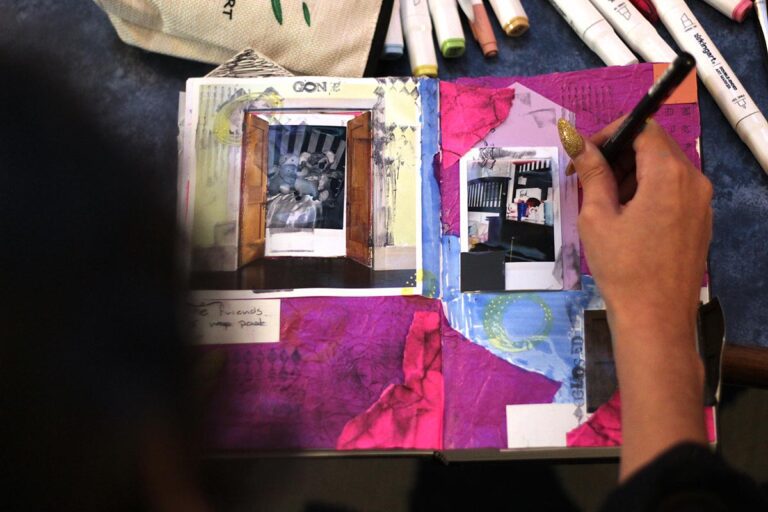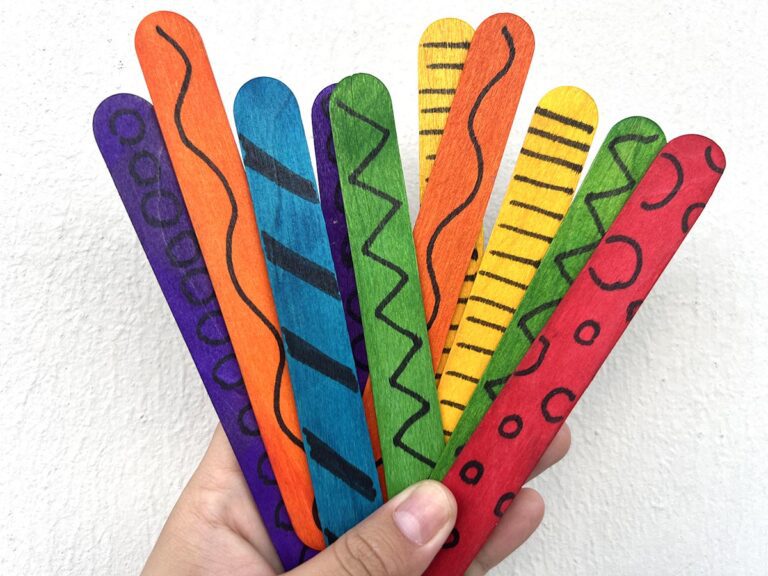The change of seasons can leave many students drained and in a daze. On top of that, many schools have spring break, standardized testing, and sporadic snow days to mark this time of year. It can be tough to inspire students when they are tired and their focus is elsewhere. Fortunately, creative problem-solving is what art teachers do best!
If your students need an extra dose of motivation, here are several art games and activities to spark creativity and energy!
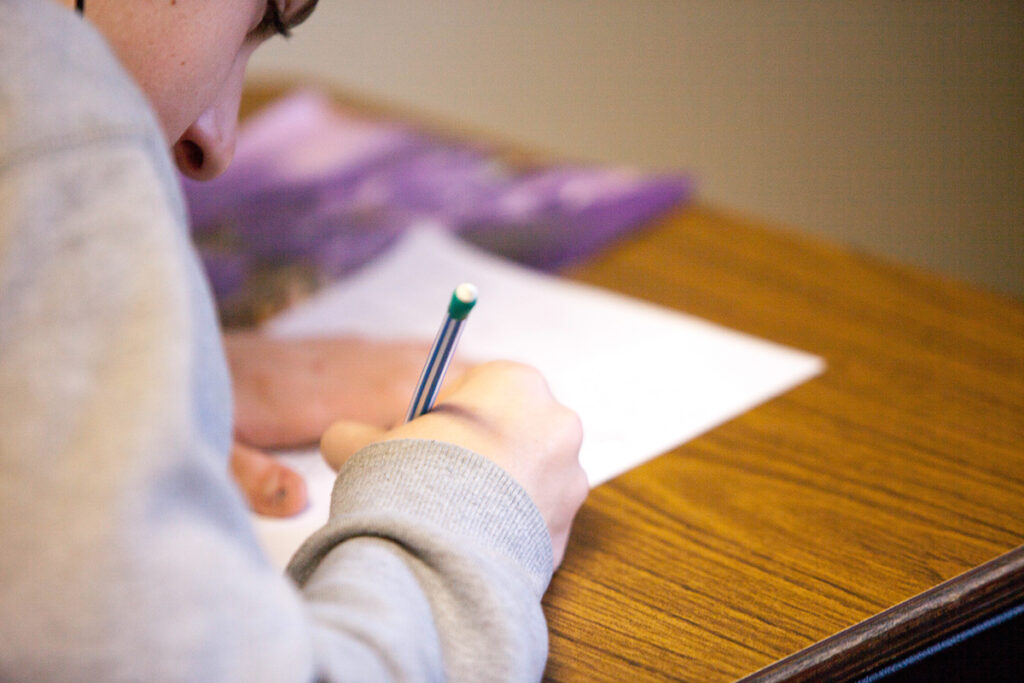
Game ON! Playing games in art class can be great attention-getters. Try the games below with your students.
1. Pictionary
Students generate a word bank of prompts. Nouns are the easiest, but adjectives and verbs can also be very interesting! For younger students, stick with nouns to start. Elementary prompts can include: sad, happy, bird, school, lollipop, snowball, and lemon. Middle school prompts can include: windy, earbuds, crust, awkward, gum, and spaghetti. High school prompts can include: air, calendar, cinnamon, lace, anger, and triceratops. You can also use words from the current unit or lesson of study to reinforce content.
Playing the game is simple. One student draws their prompt on the board. The artist cannot speak, act, or write words or numbers. The teacher will select students to guess one at a time. The student who guesses correctly gets to draw next.
For a fun variation, play in small groups with table teams. Use dry-erase markers directly on the table to excite the students. Have wipes or damp paper towels on hand to quickly remove dry-erase drawings between rounds.
2. Hybrid Challenge
Merge two nouns into one for an imaginative hybrid challenge. This pushes students to combine various Elements of Art that may not necessarily go together. Don’t forget to give the final creations a name. For example, a frog and a mushroom can turn into a Frushroom!
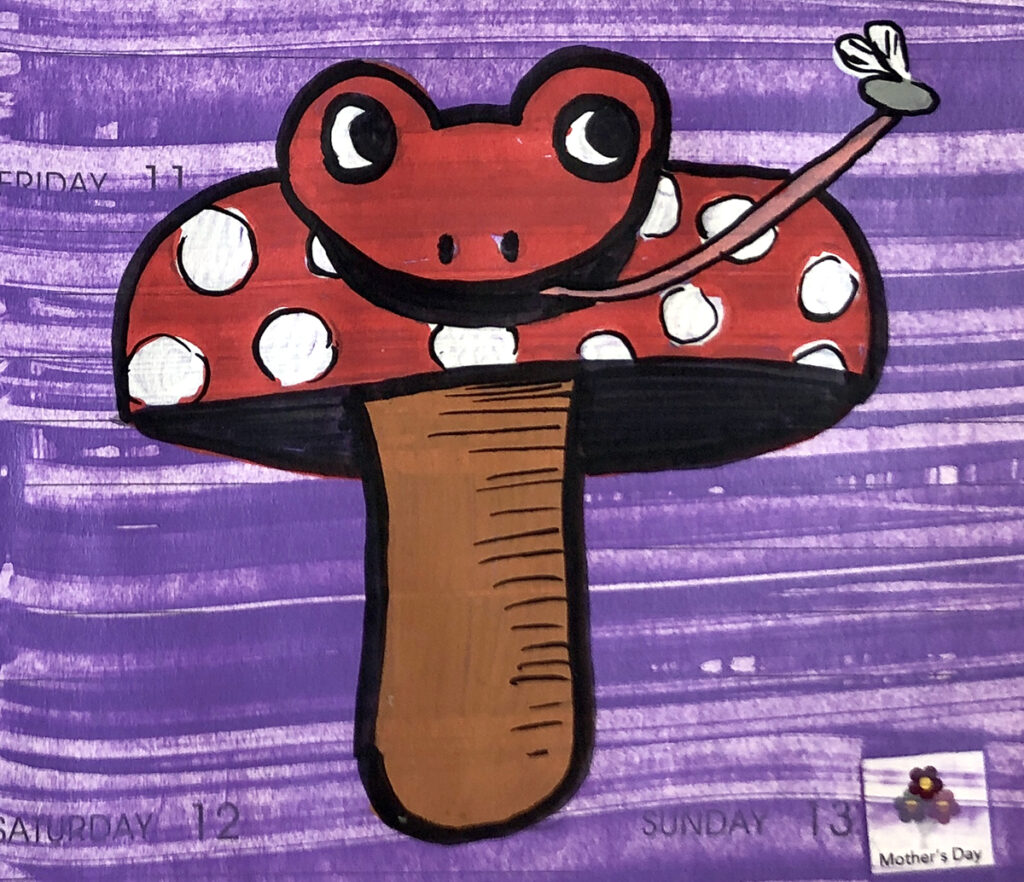
3. Simon Says
This game is great for younger grades. If your students have a lot of energy, take some time to get them moving, listening, and following directions. The room will be shockingly silent as students wait on Simon’s instructions. Simon gives commands to the class. If Simon leaves out “Simon says” in front of the command, but a student does the action, the student is out and needs to sit down. The last student standing has exemplified the strongest listening skills and is the winner!
Here are four ways to switch the game up and keep the fun going:
- Play as part of an interactive demo where students copy your movements as you demonstrate how to use a particular tool or material.
- Provide commands for students to move their bodies to illustrate a particular art concept. For instance, students move their bodies like a warp or weft in weaving, create a triangle with their arms, or draw a dashed line in the air.
- Incorporate art history, and have students pose like subjects in famous artworks.
- Change “Simon” to whatever artist your students are currently learning about! For instance, if you are doing a Pop art unit, the game can be called “Andy Warhol says…”
For more games to play with your students, take a look at the Games in the Art Room Pack in PRO Learning. Here are three other fun ways to break up your curriculum:
- Play a classroom management game. (1, 2, 3, 4)
- Challenge students with color mixing.
- Introduce a Surrealism game.
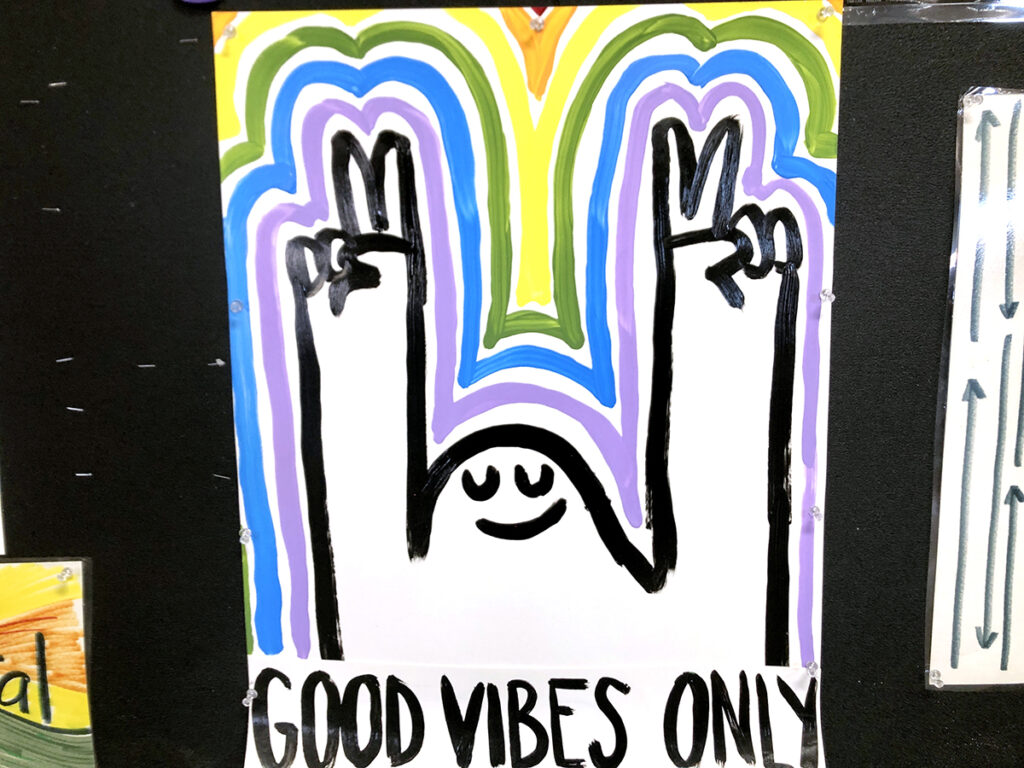
Pique your students’ curiosity with unexpected mediums, a new location, or applying an art tool in an unusual way. Try the activities below to engage your classes and increase focus.
1. Magical Clay
Standardized testing and spring sports can mean a lot of class interruptions. This can be a scheduling fiasco when it comes to your scope and sequence! Instead of letting it get the best of you, use this time as an opportunity to do short and high-morale activities like clay. To keep the stress down, use a low-mess option such as air dry clay, polymer clay, or Model Magic™️.
Do shoe sole textures for a quick clay experiment. Students gently step onto their clay so the texture of their shoe soles appears. Below is an example of a ceramic fish with a shoe sole texture!

2. Unexpected Mediums
Student interest levels go up when there is an unusual medium or supply. With younger students, try different types and uses of glue, pipe cleaners, or tissue paper. Older students can experiment with tape, pens, or sandpaper.
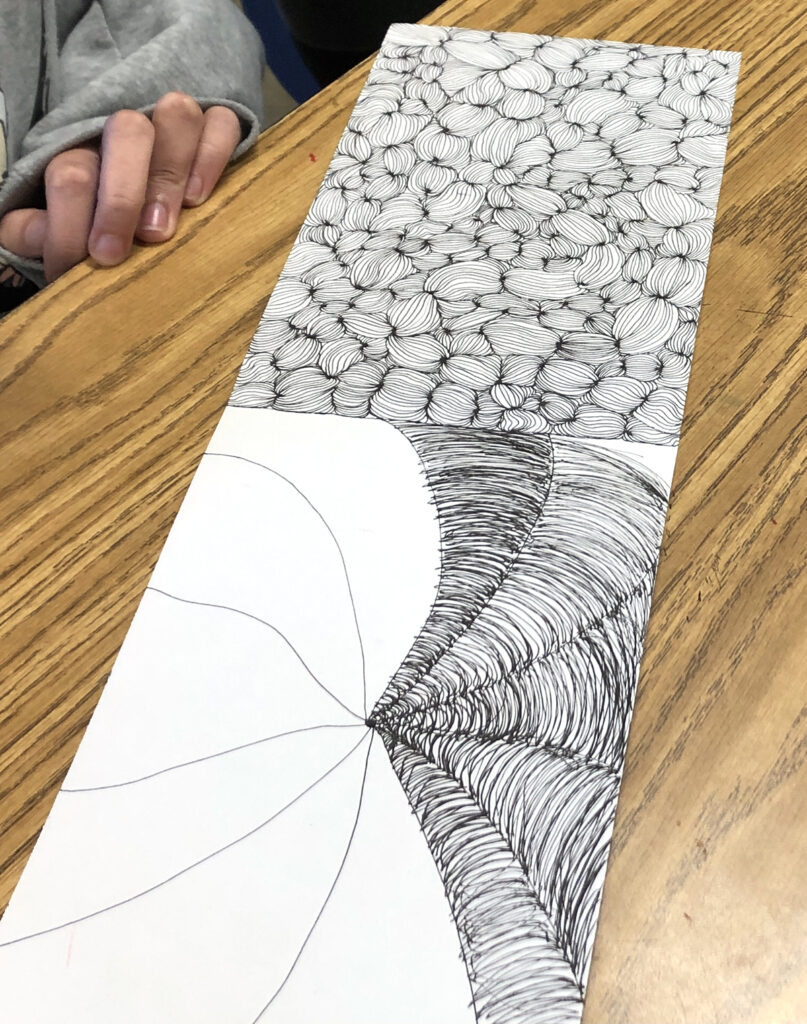
3. Stop-Motion Animation
Make this lesson as technology-heavy or light as you want. One factor to consider is how much screen time students may already be getting with standardized testing. Lean on tech to make digital stop-motion animations with Google Slides. Use a tool like Securly to monitor student screens during independent work time, or go screen-free with a handmade flip book from sticky note pads or stapled stacks of scrap paper. For more tips on Digital Animation, watch the Pack from PRO Learning.
4. Go Outside
Move any classroom project outside for a change of scenery. Just take a break—it is okay to stop regularly scheduled art class programming and play. For older students, head outside (device-free if possible) and let them have outdoor air to talk or just be. It truly is okay to do this once in a while, especially during the draining days of standardized testing.
Brain breaks have benefits, such as reducing stress, anxiety, and frustration. We all need this! Breaks also help students focus, be more productive, self-regulate, and increase awareness. Provide breaks for younger students every five to ten minutes, and every twenty to thirty minutes for older students . Switching up how instruction is provided can also be as effective as a break. Try working in teams or pairs, or have students teach other students.
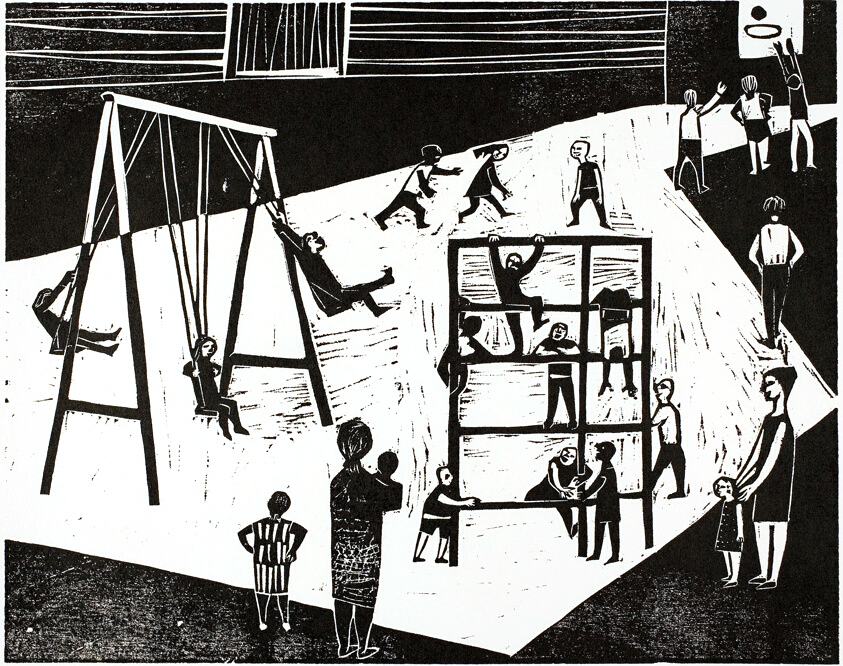
5. Make a Change
Switch materials or adjust requirements for a change of pace. If students are learning how to draw a cathedral with colored pencils, follow up with a lesson where they build a three-dimensional cathedral out of cardboard. This helps students think critically about their designs from a different perspective. Or, let’s say students are learning about color theory; have them paint two color wheels, one with tempera and one with watercolor, then compare and contrast the process and results.
6. One-Day Lessons
Sometimes, a class just needs to step back and have a one-day activity to boost their creative confidence. In addition, if a class has a shorter attention span, schedule disruption, or lack of motivation, a one-day lesson can hit the spot! Here’s your one-stop shop for creative one-day lessons.
Students are inherently creative. They need fresh ideas, invigorating opportunities, and new perspectives to stay motivated. This is especially important during standardized testing and the long stretch before school lets out for the summer. Play games with your classes, be silly, and let go of the standards for a moment. Allow students to try a new medium or experiment with a different artistic approach. Encourage students to ask more questions, explore, and play! Build these valuable skills now—you will be surprised at increased motivation, focus, and ingenuity in the long run!
How do you increase the energy level in your art room?
What is your go-to one-day art activity?
Share a game that is a hit in your classroom!
Magazine articles and podcasts are opinions of professional education contributors and do not necessarily represent the position of the Art of Education University (AOEU) or its academic offerings. Contributors use terms in the way they are most often talked about in the scope of their educational experiences.
